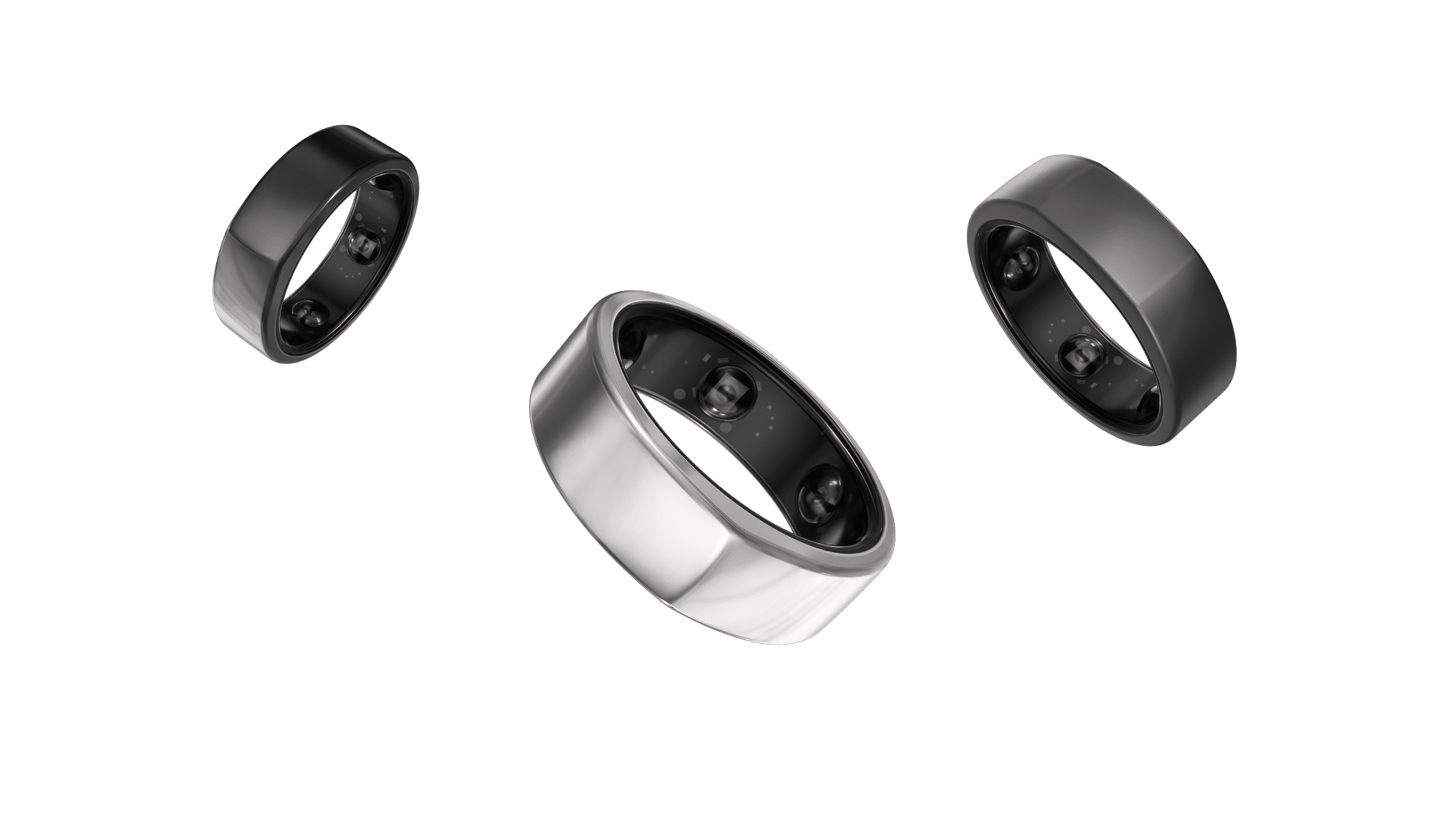
Some of you may have noticed that I am sporting a rather odd looking ring on my finger. A couple of weeks ago a purchased the Oura ring.
It’s a ‘smart’ ring. Essentially a tracking device that looks at sleep, activity and readiness metrics.
Personally I am not a great fan of most ‘smart’ tracking devices as I find that ‘for me’ I lose the enjoyment of a given activity and I replace it with a focus for metrics.
Metrics the good and the bad
As with all things in life, it’s a two sided coin. On one hand I find that we already lived in a fast paced busy, busy world where quite frankly most of us could do with simply just stopping to smell the roses. On the flip side of that coin there is what gets measured gets managed.
What’s best for you?
Probably a bit of both. If you’re someone that tracks everything and you hike up the Peak simply to get a time or complete 10000 steps then consider more time just smelling the roses. On the other hand if you never track anything it might be time to just do a little experimenting.
Why I decided on the Oura ring
There are 3 main reasons I went for the Oura ring.
1 – Heart Rate Variability (HRV)
HRV is a measure of variation between heart beats. A high HRV is a sign of good health, it’s an indication you are spending more time in a parasympathetic dominance rather than a sympathetic dominance.
The autonomic nervous system is made up of two branches parasympathetic or sympathetic.
Parasympathetic is the rest and digest or feed and breed branch. The sympathetic is the fight, flight or freeze branch. We need both, but most of our living should be in the parasympathetic with just a small amount of sympathetic. Unfortunately our modern day living has reversed this leaving us stressed, tired, wired and inflamed.
In my 10 plus years of testing hormones I haven’t seen anyone who doesn’t have some sort of cortisol (stress/energy hormone) dysregulation
‘cardiac specialists have been using HRV for decades to track the health and recovery of their patients, and it’s why HRV is a predictive indicator of overall heart health, risk of heart attack, and other cardiac events. For instance, low HRV is associated with the development of coronary heart disease and multiple metabolic syndrome (diabetes, hypertension, high cholesterol). Low HRV is prevalent in people who’ve had heart attacks, and among patients who’ve had a heart attack, those with low HRV are at a higher risk of dying in the subsequent three years. Among the elderly, a high HRV is strongly associated with “healthy longevity,” or the kind of graceful aging relatively free of morbidity we all desire. – Mark’s daily apple click the link to learn more about HRV
2 – Minimal Electromagnetic Frequency Radiation
Unlike many other tracking devices the Oura ring doesn’t need to be connected to bluetooth to collect data.
The limit for SAR (Specific Absorption Rate) for a device such as the Oura ring is 2.0 W/kg for head and body. The Oura ring’s SAR level is 0.0003 W/kg
EMFs are measured in milliGauss (mG). The Environmental Protection Agency recommends that you limit your exposure to 0.5 mG to 2.5 mG. When you are three feet away from a microwave, you are exposed to up to 25 mG.
EMF radiation has been linked to…
Headaches, anxiety, suicide, depression, nausea, fatigue, loss of libedo, low birth weight and even cancer.
For the sceptics out there I personally agree that there is no hard evidence to say that the EMF causes X, Y or Z but there is without a doubt some correlation.
The World Health Organisation (WHO) concluded that current evidence does not confirm the existence of any health consequences from exposure to low level electromagnetic fields
As you might be able to imagine it is very difficult to find any causation within EMF simply because we cannot isolate it as a variable.
For me the devil is in the dose. I still use a mobile phone, watch TV and spend time on the computer. BUT I do feel that the more advanced we get with technology, the more exposure we are getting.
| A pinch of salt is probably good for you, but a pound of salt will probably kill you!! |
I personally don’t want to risk my head sleeping on a connected bluetooth device.
3 – In depth sleep tracking
As the father of 2 young kids my sleep is average at the best of times. Here is the thing, I wanted to see if I can somehow increase the quality of the sleep I get. Sleep is essentially made up of 3 main phases. Light sleep, deep sleep and REM sleep. Your deep sleep is rejuvenating and restorative. Typically it’s the hours before 12 oclock that you get your best deep sleep. REM or rapid eye movement is the sleep stage that your brain is active but your body is paralyzed. It is when you are having vivid dreams. REM sleep is your learning and problem solving, memory consolidation and mental health.
If you’re someone that struggles with memory or mental health, it may well be worth examining your REM sleep. After just a few weeks of tracking I can see that my deep sleep is great but my REM sleep is consistently subpar.
Explains a few things 🙂
Alcohol is something that directly affects REM sleep. Though I am not a big drinker I do enjoy a wine here and there. Over the coming weeks I will experiment by reducing or eliminating my alcohol intake to see if that helps.
At this stage I have no intention of giving up alcohol but I might just skip the wine if I have an early start or an important meeting.
The metrics
There are a whole bunch of metrics that the Oura ring measures. Essentially they are split into 3 different categories
1 – Activity
2 – Sleep
3 – Readiness
Here are just a few….
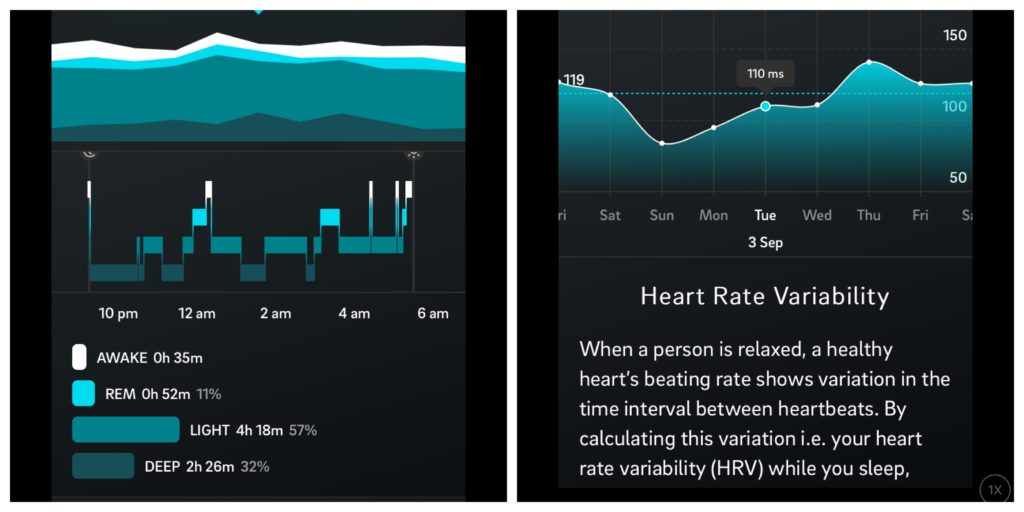
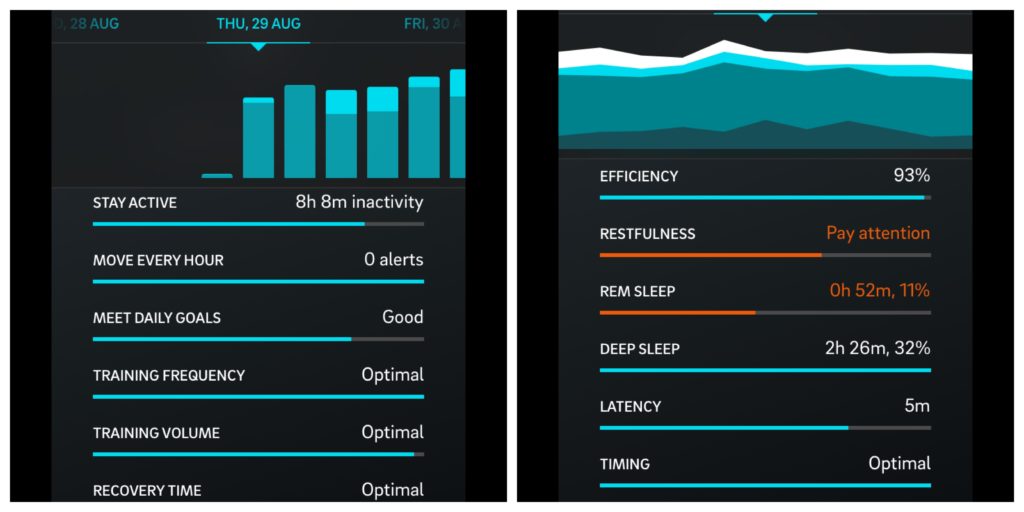
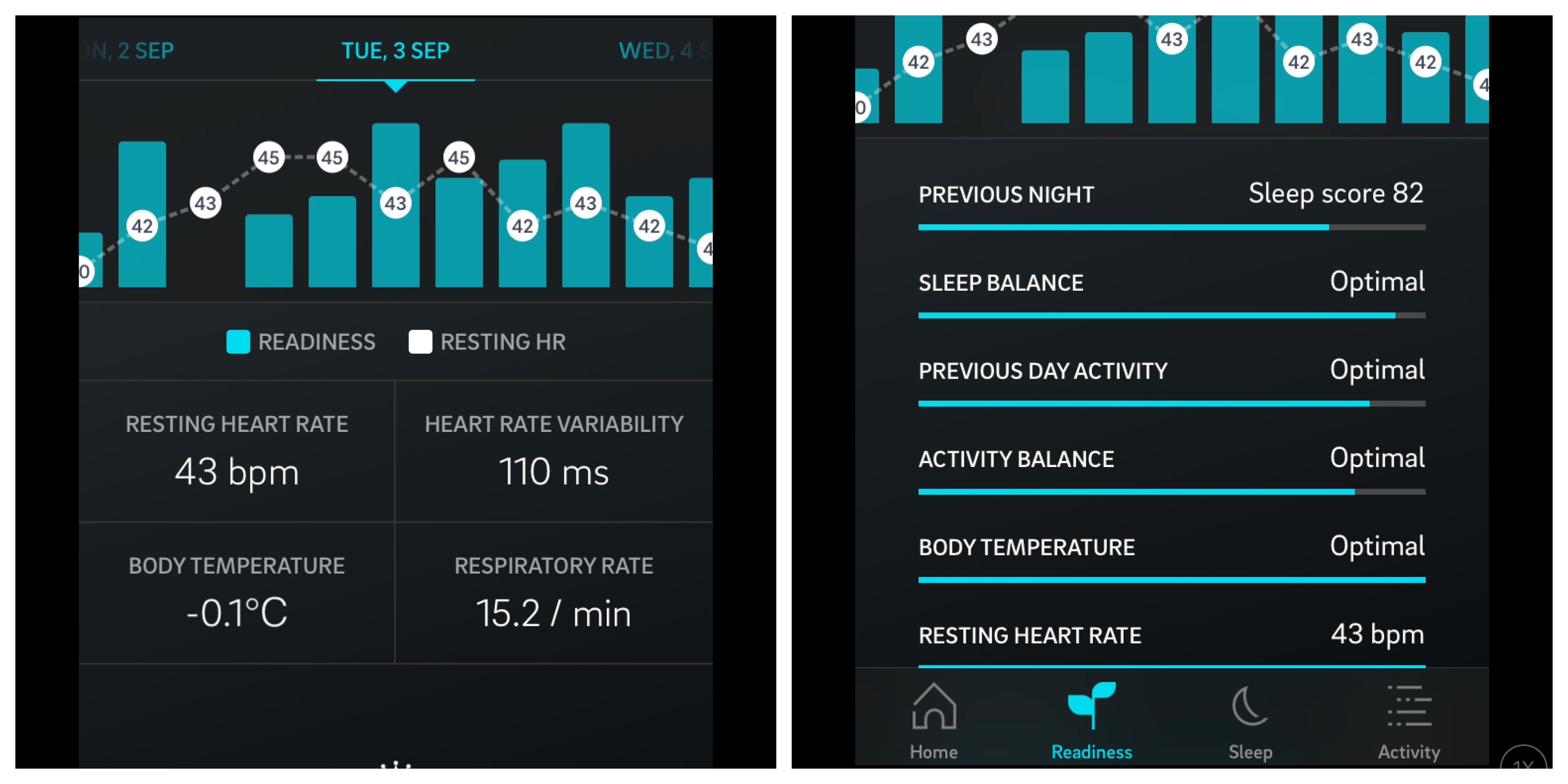
These metrics shown are just the tip of the iceberg. In the easy to use app you can dive in and look at your trends over the days, weeks and months.
How it helps
Having all this data is one thing but using it to your advantage is another. There is a place within the app where you can make notes. Personally I like a good old pencil and notepad. Tracking food, alcohol, bluelight blocking, room temperature etc can all help with correlating the things that can see for a better sleep. A better sleep can then be correlated with more cognitive focus, better energy, mood, creativity etc
Here’s to a goodnight sleep, and good health.
Paul
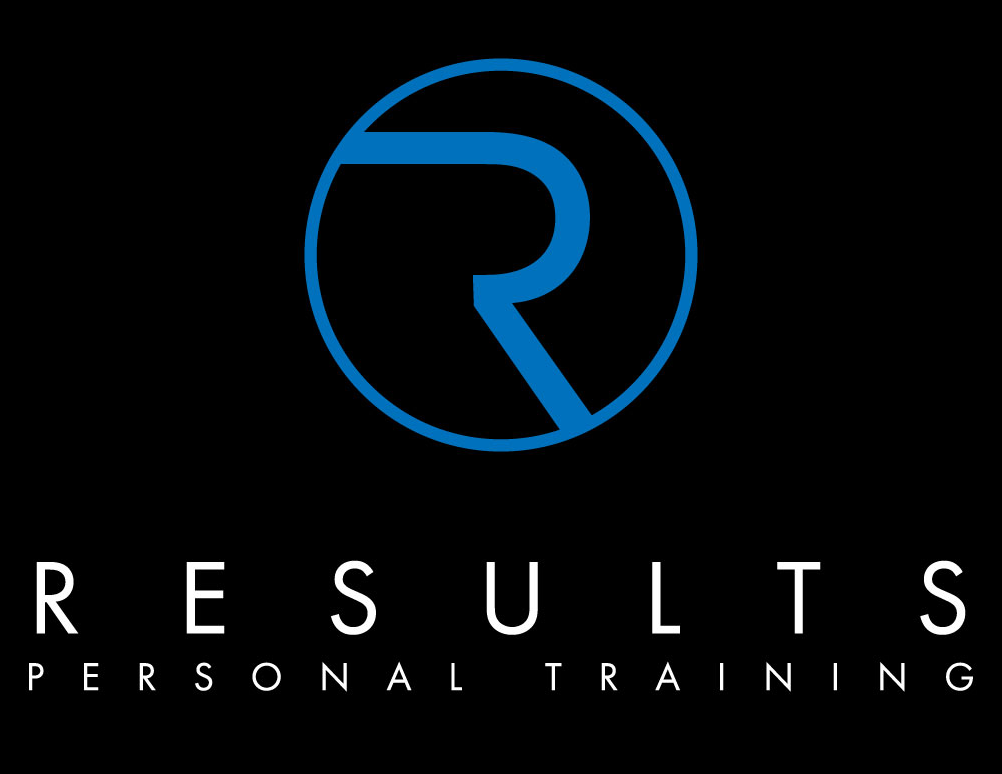
Recent Comments